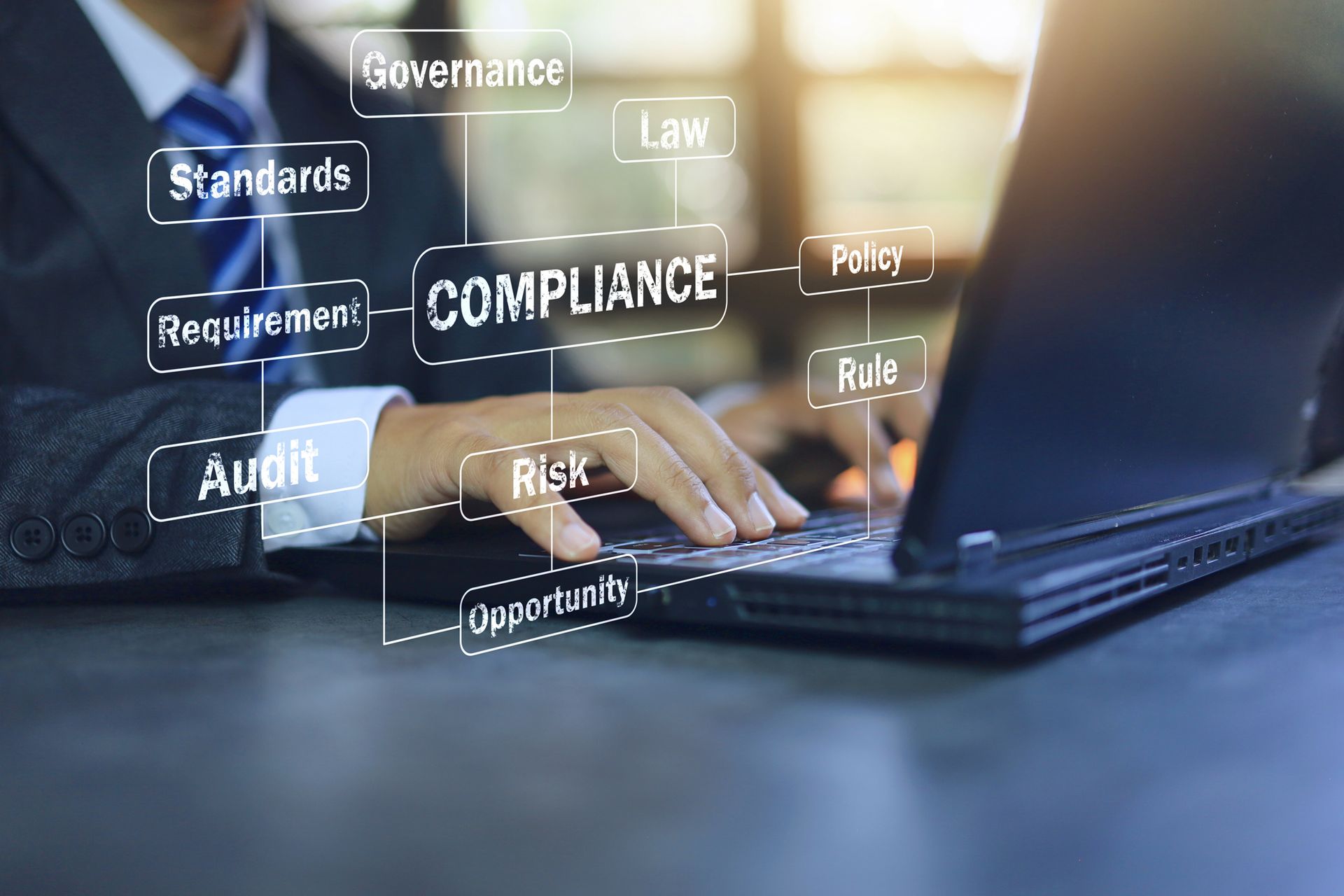Time’s running out on preparing for the new Quality Management Standards!
The American Institute of Certified Public Accountants’ (AICPA) new Quality Management Standards have been out for some time, and you can’t wait to read it.
That’s not a prediction. It’s a warning.
The new standards have to be in place and in use by December 15, 2025, and getting into compliance is not something that can wait until the last minute.
Yes, that’s more than a year away, but according to the AICPA, you should have started working on it two years ago.
You probably know the new Statements on Quality Management Standards (SQMS) is out there, but not just how much effort coming into compliance will take. That applies to sole practitioners as much as it does to medium-sized and large public accounting firms.
The new SQMS is what we call “thinking standards” — you have to really think it through and customize it for your attest practice, based on things like the type of clients you have and the services you provide.
It’s not just new requirements and changes in the way you do things. The new SQMS takes an entirely new, risk-based approach to quality, with two completely new components: Risk Control, and Information and Communication.
Risk and Information
Under the new risk assessment process, firms must establish specific quality objectives. They must “identify and assess quality risks, and then they must design and implement responses to those risks that are tailored to the firm’s unique circumstances.”
Information and communication is the second entirely new component of the new SQMS. It requires the establishment of processes that support the SQMS, including the use of reliable internal and external sources of information, and the creation of a culture that supports and reinforces the responsibility for sharing information with colleagues and the firm.
This information must be communicated in an understandable and actionable manner to internal personnel, service providers, and external sources as required.
Specific quality objectives must be created for each of the eight SQMS components:
● Risk control
● Governance and leadership
● Relevant ethical requirements
● Acceptance and continuance of client relationships and specific engagements
● Engagement performance
● Resources (formerly human resources)
● Information and communications
● Monitoring
The other six components have also changed under the new SQMS, several dramatically.
Changes Throughout
The leadership responsibilities for quality within the firm component, for example, is now Governance and leadership. It includes a new and more robust focus on the role these two elements play in establishing and supporting an environment, and establishing a culture, that supports the SQMS. Leaders are now not only responsible and accountable for quality, but are expected to demonstrate a commitment to quality through their actions.
Relevant ethical requirements are less prescribed under the new standards, but have a new focus on responsibility and on ensuring that others involved in the SQMS or in performing engagements understand and meet those requirements.
The acceptance and continuance of client relationships and specific engagements has a new emphasis on professional standards and the integrity and ethical values of the client. It also highlights the need to ensure that financial and operational priorities don’t influence acceptance and continuance judgements.
Engagement performance has a new focus on an engagement partner’s oversight and involvement. There is also a new emphasis on the exercise of professional judgment and skepticism.
Resources is no longer prefaced by “human” and now has new requirements revolving around technological and intellectual resources in the SQMS. Other requirements relate to the competence and commitment to quality of personnel, and bringing in outsiders to fill any personnel gaps.
Finally, the Monitoring component has a new focus on the firm’s remediation process, and offers expanded and enhanced guidance throughout. One aspect is a new requirement that firms establish policies and procedures that address the objectivity of the monitors. Monitoring now also includes a new term, findings, that focuses on any deficiencies that exist. The firm must “evaluate the severity and pervasiveness of identified deficiencies using a root cause analysis,” and design appropriate remedial actions.
Get Going
The end of that three-year time frame suggested by the AICPA for creating and building out the new Quality Management Standards is now just a year and a quarter away, and firms have three responsibilities between now and December 15, 2025.
The first, of course, is to continue using the extant standard (Statement of Quality Control Standard (SQCS) No. 8, (Redrafted) until your firm is ready to implement the new requirements.
The second is to perform the risk assessment and gap analysis, and then design and implement the new standards.
Finally, firms need to consult with their peer reviewer before final implementation.
If you haven’t started yet, that’s a lot of work for the next 15 months!
Then there’s one more year, until Dec. 15, 2026, to carry out the first annual evaluation of your new quality management system!
Collemi Consulting leverages nearly three decades of experience to provide trusted technical accounting and auditing expertise when you need it the most. We regularly work with CPA firm leadership to help them reduce risk and maximize efficiencies. To schedule an appointment, contact us at (732) 792-6101.









